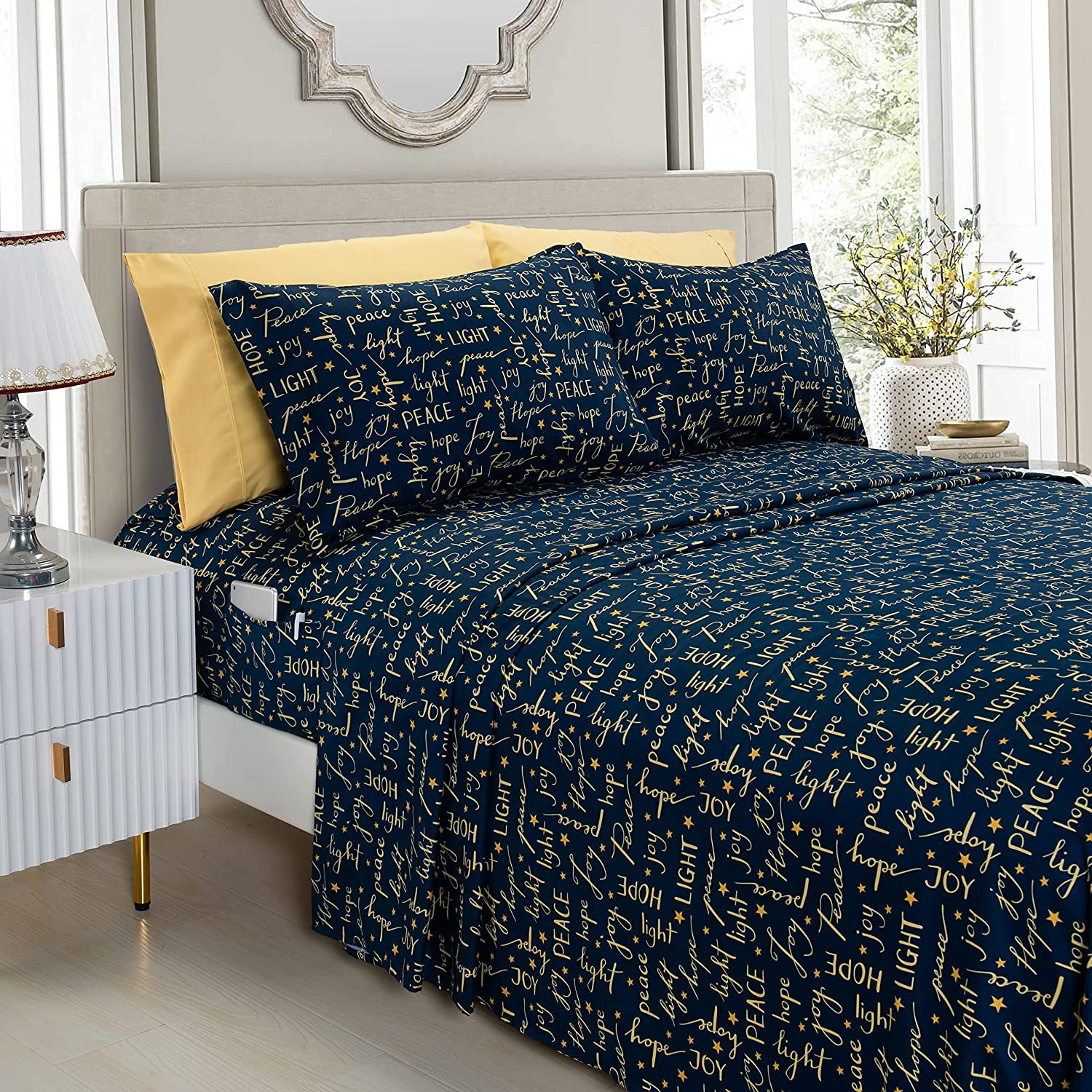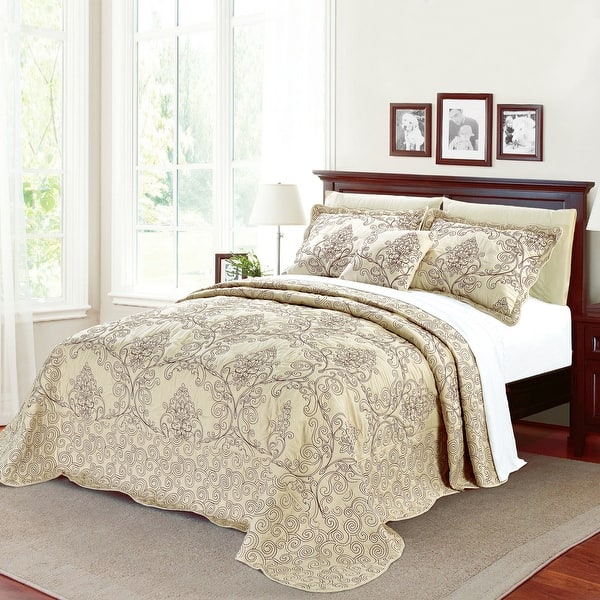The Ultimate Overview to Caring for Your Home Fabric Linens for Durability and Design
Caring for home fabric bed linens is necessary not just for keeping their visual charm however likewise for guaranteeing their longevity. Selecting the appropriate materials and using suitable washing and drying out techniques can considerably affect the life-span of these materials. Additionally, recognizing discolor removal approaches and correct storage space approaches plays an important function in maintaining their quality. As we discover these facets, it ends up being apparent that a few enlightened choices can lead to impressive benefits-- uncover the nuanced methods that can change your method to home fabrics.

Selecting the Right Fabrics
Choosing the proper materials for home fabric bed linens is essential to attaining both aesthetic allure and useful longevity. The option of fabric considerably influences the overall atmosphere of a space while also establishing the long life of the bed linens. Common textile options include polyester, linen, and cotton, each offering unique features.
Cotton is renowned for its softness, breathability, and convenience of treatment, making it a popular option for bed linens and kitchen textiles. Linen, stemmed from the flax plant, supplies a rustic charm and phenomenal moisture-wicking properties, ideal for warm environments. It is prone to wrinkling, which can be a factor to consider for those looking for a polished appearance.
On the other hand, polyester blends provide boosted resilience and resistance to fading and wrinkling, making them appropriate for high-traffic areas. When selecting textiles, take into consideration the designated usage, climate, and individual style choices. Furthermore, go with premium products that stand up to regular laundering and keep their look gradually. Ultimately, a thoughtful choice of textiles not just boosts the style of your home fabrics however also guarantees they remain functional and aesthetically appealing for many years to find.
Laundering and Drying Out Strategies
Correct cleaning and drying methods are crucial for keeping the quality and longevity of home textile bed linens. First, always describe the care tags on your linens, as they provide specific guidelines tailored to the fabric kind. Use a gentle detergent that is free of rough chemicals to protect the stability of the fibers. When washing, select cool or warm water, as warm water can cause shrinkage and fading.
For washing maker use, pick the delicate cycle to minimize frustration, which can weaken the material. If you are cleaning particularly fragile products, take into consideration placing them in a mesh laundry bag for additional defense. Avoid congestion the equipment, as this can stop comprehensive cleaning and boost wear.
If making use of a dryer, pick a low warmth setting and get rid of linens while they are somewhat moist to lower creases. By adhering to these cleaning and drying out methods, your home textile linens will certainly retain their beauty and capability over time.

Stain Elimination Methods
When it comes to keeping the immaculate look of home textile bed linens, effective stain removal approaches are important. Stains can interfere with the visual appeal and durability of your bed linens; therefore, appropriate and prompt activity is important.
First, recognize the type of stain, as various materials require unique therapies. For organic discolorations like a glass of wine or fruit juice, blot the location carefully with a tidy fabric to take in excess liquid, after that apply a combination of moderate cleaning agent and water. For oil stains, sprinkle cooking soda or cornstarch on the area to soak up the oil before laundering.
Constantly check any discolor elimination remedy on an unnoticeable location of the textile to guarantee it does not cause discoloration. For protein-based stains, such as blood or sweat, cold water is preferable, as warm water can establish the discolor.
For persistent spots, consider making use of an industrial tarnish cleaner, but adhere to the manufacturer's directions thoroughly. After treatment, wash the bed linens based on the care label directions and air completely dry when possible to avoid warm setup. By applying these techniques, you can keep the beauty and integrity of your home fabric linens for several years ahead.
Correct Storage Methods
Efficient storage space approaches are essential for maintaining the quality and longevity of home fabric bed linens. Correct storage space begins with guaranteeing that linens are clean and extensively dry before being placed in storage. This prevents mold and mildew and mildew, which can occur in damp conditions.
Usage breathable textile storage bags or cotton sheets to cover linens, as these products allow air circulation while protecting versus dirt and parasites - flat sheet. Avoid see post making use of plastic bags, as they can catch wetness and result in deterioration over time. Furthermore, it is a click this link good idea to save linens in a dark, amazing, and completely dry setting, as direct exposure to sunlight can create fading and deteriorate fibers
For optimum organization, fold linens nicely and stack them according to size and usage regularity. Applying these correct storage methods will certainly make sure that your home textile bed linens remain in excellent problem for years to come.
Enhancing Longevity With Care
Maintaining the high quality of home textile linens requires a thoughtful approach to care that expands their life expectancy and protects their appearance. Normal cleansing is crucial; nonetheless, it is vital to comply with specific standards tailored to the fabric kind. For circumstances, natural fibers like cotton and bed linen can commonly stand up to higher temperature levels during washing and drying out, while artificial materials call for gentler managing to avoid damages.

Post-wash, it is advisable to air dry linens whenever feasible, as extreme heat from clothes dryers can compromise fibers. Make use of a low warm setting and eliminate bed linens while slightly wet to minimize creases. if machine drying is essential.
On a regular basis examining bed linens for signs of wear, such as fraying or discoloration, permits timely repair services, lengthening their functionality. Ultimately, rotating making use of bed linens can disperse put on evenly, ensuring that no single item bears the burden of day-to-day use. By applying these treatment strategies, you can enhance the long life of your home fabric linens while keeping their visual allure.
Conclusion
Finally, the resource cautious selection of quality textiles, adherence to proper cleaning and drying out techniques, effective discolor elimination strategies, and appropriate storage methods dramatically add to the durability and aesthetic appeal of home fabric linens. Normal upkeep and examination for wear additionally enhance their toughness and capability. By executing these practices, individuals can ensure that home textiles remain not only gorgeous yet likewise resilient, satisfying both sensible requirements and design preferences in time.
Caring for home fabric bed linens is essential not only for maintaining their aesthetic charm but additionally for guaranteeing their long life.Choosing the suitable materials for home fabric bed linens is vital to accomplishing both visual allure and functional longevity.Proper cleaning and drying out methods are essential for keeping the quality and durability of home fabric linens. By adhering to these washing and drying out strategies, your home fabric linens will certainly maintain their charm and performance over time.
In verdict, the cautious option of top quality materials, adherence to appropriate cleaning and drying out techniques, effective stain elimination strategies, and suitable storage techniques dramatically add to the long life and visual charm of home textile linens.